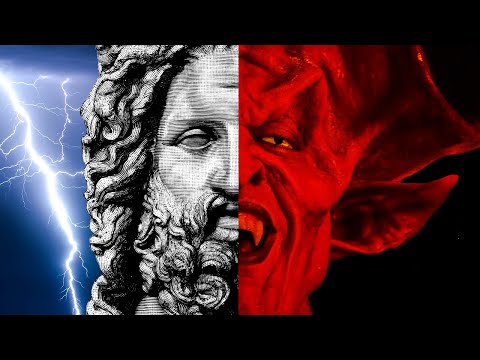YouTube channel Mythology Explained discuss how the modern conceptualisation of the Devil in Christianity was inspired, both in appellation and in appearance, by Greek Gods.
First, they look at how the Greek god Eospherous became the inspiration for one of the devil’s most infamous epithets; second, they cover how the Greek god Pan inspired the Devil’s horned, cloven-hoofed appearance; and lastly, they wrap up the video by diving into how the Devil became the incarnation of evil in the world.
Let’s get into it.
Known as Aurora to the Romans, Eos was the goddess of the dawn. She was the daughter of the first-generation titans Hyperion, a solar deity, and Theia, whose sphere of influence included sight and blue sky, and thus was herself a second-generation titan.
Helios, the sun, was her brother, and Selene, the moon, was her sister. Many mortals caught her eye, and she wasn’t above abducting them, taking a page out of Zeus’ book on several occasions. One was Orion, the giant, incredibly handsome master hunter who was set in the sky as a constellation after his death.
Another, Tithonus, Greek mythology’s version of Methuselah, the longest lived man in the bible, was cursed with the torturous combination of immortality without agelessness.
Eos’ first consort was Astraeus, the titan-god of stars, planets, and astrology, and together, they produced a multitude of children, including: the wind gods Notus, god of the South wind, Boreas, god of the North wind, and Zephyr, god of the West wind, and all of the stars of heaven.
One of these stars was Phosphorus, also called Heosphorus and Eosphorus. He was the personification of the morning star, which was the planet Venus as it sparkled in the sky before sunrise.
The Latin name for Phosphorus was Lucifer, the name the morning star was known by to the Romans.
And this, of course, begs the question: how did the Roman name for the morning star become one of the Devil’s names, and not just any name, but one of the most popular throughout the Middle Ages?
Watch the video for the rest!
READ MORE: HIPPOPHAES: The superfood berry consumed by Alexander the Great and his army.


